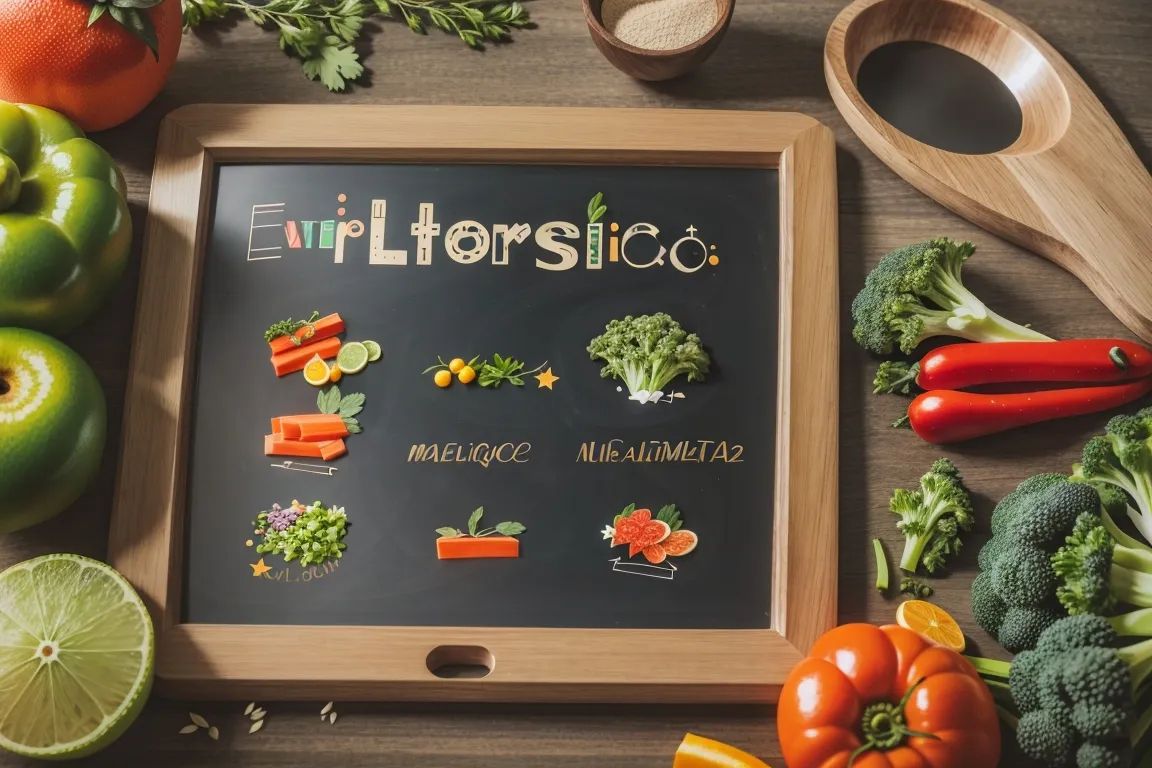( )
)
(Traducido al Español en el final del articulo)
Discover the Power of Reading Labels: Your Guide to a Healthy Diet.
In the current era of seemingly endless nutritional choices, it is essential to know how to read and interpret ingredients and n![]
utrition labels. Below, I will provide you with a simple guide to deciphering labels and better understanding what you eat.
How to Read Nutrition Labels?
Serving Size: Start by checking the serving size at the top of the label. Typically, nutritional information on labels is provided per 100g of intake. Make sure to adjust quantities accordingly.
Calories: Look at the amount of calories per serving. This will help you monitor your daily calorie intake, although in my personal opinion, the quality of the food matters more than counting calories consumed.
Fats: Examine the total fat and saturated fat content. Opt for products low in saturated and trans fats, as they can increase the risk of cardiovascular diseases.
Carbohydrates: Pay attention to total carbohydrates and the amount of dietary fiber. Carbohydrates are an important source of energy, but look for options with high fiber content to maintain satiety.
Proteins: Proteins are essential for tissue growth and repair. Seek products with sufficient protein, especially if you are active.
Sugars: Observe added sugars in the ingredient list and the total sugar content. Limiting the consumption of added sugars is crucial for health.
Ingredients: This is the most important section, in my opinion. The ingredient list is arranged by quantity, from the most abundant ingredient to the least. Avoid products with a long list of unfamiliar ingredients or names you can't pronounce.
By adopting a diet based on real and natural foods, you will discover how fresh and unprocessed products can revitalize your well-being and enhance your vitality.
Español:
Descubre el Poder de Leer Etiquetas: Tu Guía para una Dieta Saludable.
En la era actual de opciones nutricionales aparentemente infinitas, es esencial saber cómo leer e interpretar los ingredientes y etiquetas nutricionales. A continuación, te proporcionare una guía simple para descifrar las etiquetas y entender mejor lo que comes.
¿Cómo Leer las Etiquetas Nutricionales?
Tamaño de la porción: Comienza por verificar el tamaño de la porción en la parte superior de la etiqueta. Normalmente las informaciones nutricionales del etiquetado están indicadas por cada 100g de ingesta. Asegúrate de ajustar las cantidades en consecuencia.
Calorías: Mira la cantidad de calorías por porción. Esto te ayudará a controlar tu ingesta calórica diaria, aunque en mi opinión personal influye más la calidad del alimento, que contar las calorías ingeridas.
Grasas: Examina el contenido de grasas totales y grasas saturadas. Opta por productos bajos en grasas saturadas y trans, ya que pueden aumentar el riesgo de enfermedades cardiovasculares.
Carbohidratos: Fíjate en los carbohidratos totales y la cantidad de fibra dietética. Los carbohidratos son una fuente importante de energía, pero busca opciones con alto contenido de fibra para mantener la saciedad.
Proteínas: Las proteínas son esenciales para el crecimiento y la reparación de tejidos. Busca productos con suficiente proteína, especialmente si eres activo.
Azúcares: Observa los azúcares añadidos en la lista de ingredientes y la cantidad total de azúcar. Limitar el consumo de azúcares añadidos es fundamental para la salud.
Ingredientes: Este es el apartado más importante, en mi opinión. La lista de ingredientes está ordenada por cantidad, desde el ingrediente más abundante hasta el menor. Evita productos con una larga lista de ingredientes poco familiares o nombres que no puedas pronunciar.
Al adoptar una dieta basada en alimentos reales y naturales descubrirás cómo los productos frescos y sin procesar pueden revitalizar tu bienestar y potenciar tu vitalidad